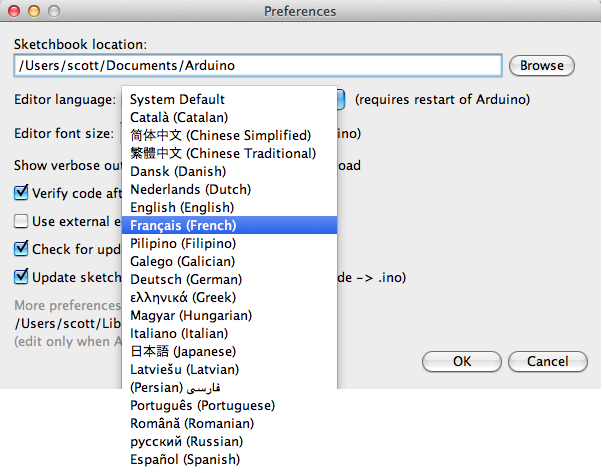Download T-link Console Software
Are you looking for some love from Google? Other than buying paid traffic through their AdWords program, the best way to get more traffic from them is through. But before you start optimizing your site, the first thing you should do is sign up for (GWT).


T-Link Console software. Software upgrades via network. Download control panel via Internet with DLS2002 software. T-Link TL250 Internet Alarm Communicator www.dsc.com. The T-Link TL250 is DSC's next generation of low-cost, high-performance network alarm communicators.It uses the latest digital. View and Download Sun Microsystems Sun Fire V490 administration manual online. Sun Microsystems Server Administration Guide. Sun Fire V490 Server pdf manual download. MS Paint, the first app you used for editing images, will probably be killed off in future updates of Windows 10, replaced by the new app Paint 3D. Microsoft lists.
GWT is a free toolset provided by Google that helps you first understand what’s going on with your website. This way you make decisions based off of data instead of going in blindly.
CFSS is your UK importer and distributer of DSC security systems.
Here is how GWT works. Adding your website The first thing you need to do after you login to GWT (it’s free to sign up) is to add your website. After you add your website you’ll have to verify that you actually own the website. You can do this through four ways: • Add a DNS record to your domain’s configuration – You can use this option if you can sign in to your domain registrar or hosting provider and add a new DNS record. • Add a meta tag to your sites homepage – You can choose this option if you can edit your site’s HTML. • Upload an HTML file to your server – You can choose this option if you can upload new files to your site.
The Big Bang Theory Stagione 1 720p Ita Download Adobe on this page. • Link your Google Analytics account to GWT – You can use this option if your site already has a tracking code that uses the asynchronous snippet. You must be an administrator on the analytics account for this to work.
Dashboard Once your site is verified you’ll start seeing data on your website. Sometimes it can take a few hours before you see any data, but it’ll start rolling in. The dashboard gives you a rough overview of everything from what keywords you are ranking for to how much traffic you are getting. In addition to that you’ll see if the Google bot is experiencing any crawl errors when going through your website, the number of sites linking to yours, and how many pages Google has indexed. Site Configuration Just like everything else, Google isn’t perfect. So configuring your site can help them do a better job of ranking your website. When configuring there are a few areas that you should be familiar with: Sitemaps Submitting a sitemap will help Google determine what pages you have on your website so they can index them.
If you don’t submit a sitemap they may not index all of the pages on your website, which means you won’t get as much traffic. Sitemaps have to be submitted in an XML format and they can’t contain more than 50,000 URLs or be larger than 10 megs. If you exceed any of those limits, you need to split up your sitemap in multiple files and then submit them. If you aren’t technical, you can go to to create a sitemap. All you have to do is enter in your URL of your homepage and click “start”. Once your sitemaps have been uploaded, Google will tell you how many of your URLs are being indexed. Don’t worry, it is common for them to not index all of your web pages.
But your goal should still be to get as many pages indexed as possible. Typically if pages aren’t being indexed it’s because the content on those pages aren’t unique, the title tags and meta descriptions are generic, and not enough websites are linking to your internal pages. Crawler access There will be some pages on your website that you just don’t want Google to index. A New History Of The Double Bass Paul Brun Pdf To Jpg. This could be private login areas, RSS feeds, or crucial data that you don’t want people accessing. By creating a robots.txt file you can block not just Google, but all search engines from accessing web pages that you don’t want them to get their hands on. However, for highly sensitive areas of your website you may want to consider password protecting all relevant directories.